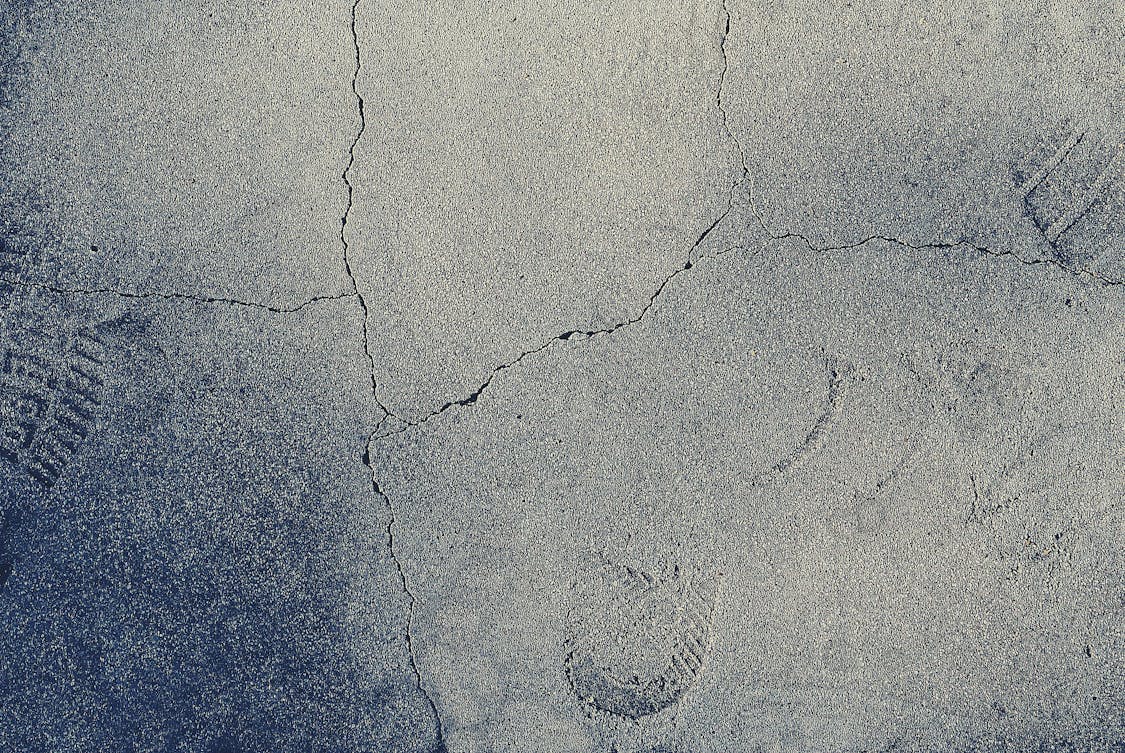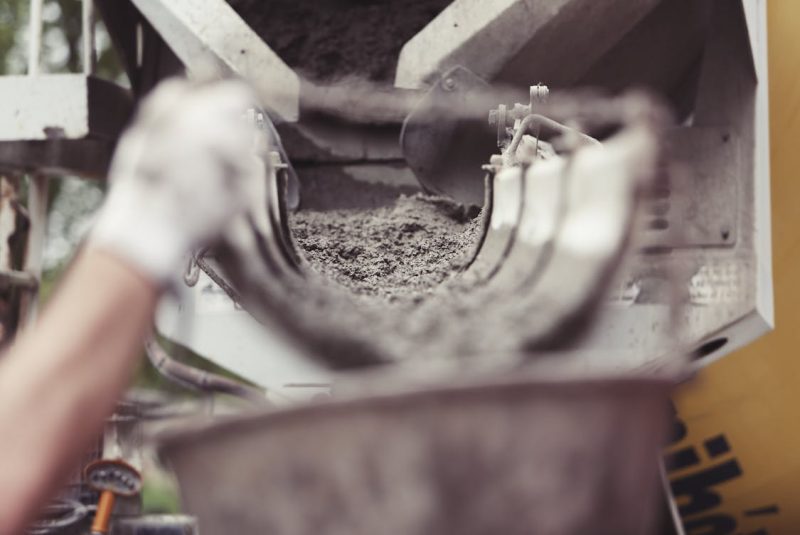Concrete construction is an essential aspect of modern infrastructure and architecture. Properly executed concrete work lays the foundation for durability and longevity in structures.
Ensuring quality in concrete construction involves various stages, from planning to execution. Each phase requires careful attention to detail, as small mistakes can lead to significant issues down the road.
Understanding the Basics of Concrete
Concrete is a composite material made from cement, water, and aggregates, such as sand and gravel. The mix proportions play a vital role in determining the final strength and durability of the concrete.
High-quality materials must be chosen to achieve the desired properties. Familiarity with the basics of concrete helps construction professionals make informed decisions throughout the process.
Selecting Quality Materials
Choosing the right materials is crucial for achieving quality concrete. Cement should be sourced from reputable suppliers, and aggregates should be clean and free of contaminants. The water used must also be potable, as impurities can weaken the mix.
Conducting tests on these materials ensures they meet industry standards, setting a solid foundation for the construction project.
Importance of Proper Mix Design
A well-considered mix design helps attain the specified strength and workability of concrete. It involves determining the proportions of cement, water, aggregates, and additives.
Engineers often refer to established guidelines like ACI (American Concrete Institute) standards when creating a mix design. Poor mix design can lead to issues such as cracking, shrinkage, and reduced lifespan.
Adapting to Environmental Conditions
Concrete behaves differently depending on environmental factors such as temperature and humidity. In hot weather, evaporation can lead to rapid curing, while cold conditions may slow down the setting process.
Modifying the mix design or taking specific precautions is essential to counter these challenges. This might include adding retarders in hot weather or using blankets to protect fresh concrete in cold conditions.
Quality Control in Preparation
Preparation is a key step that sets the stage for successful concrete work. This phase involves site assessment, formwork installation, and leveling.
Proper site preparation prevents future complications that might affect the integrity of the structure.
Site Assessment and Preparation
Conducting a thorough site assessment identifies potential issues like soil stability and drainage problems. Addressing these factors beforehand is essential for a solid foundation.
The construction site should be cleared of debris and vegetation to allow for proper placement of forms and reinforcement.
Formwork Installation
Formwork supports the concrete until it gains sufficient strength. Quality formwork must be rigid and watertight to maintain the shape of the concrete.
Correctly installing formwork ensures even surfaces and minimizes the risk of leaks. Regular inspections during this phase can save significant rework later.
Implementing Quality Control Measures
Quality control measures should be woven throughout every stage of concrete construction. Regular checks and balances help maintain standards and catch issues early. This process often involves testing concrete samples and monitoring work practices.
Conducting Concrete Testing
Various tests can determine the concrete’s properties, including slump tests for workability and compressive strength tests to ensure it meets specifications. These tests should be performed at different stages, particularly when the concrete is delivered to the site.
Continuous testing helps guarantee that the material remains consistent with the mix design.
Monitoring Work Practices
Supervisors should be vigilant in monitoring labor practices. Poor techniques, such as improper mixing or inadequate curing, can compromise quality.
Engaging professionals like Akko, who prioritize strong work standards, can ensure consistent quality throughout the project.
Providing training and clear guidelines to workers fosters a culture of quality on site. Regular meetings can help address concerns and keep everyone aligned on project goals.
The Role of Curing
Curing is a critical phase in the concrete process that can’t be overlooked. It involves maintaining adequate moisture and temperature to allow the concrete to achieve its desired strength.
Proper curing can significantly affect the durability and longevity of the concrete.
Proper Curing Techniques
Various curing methods are available, including water curing, using curing compounds, or covering with wet burlap. The chosen method should suit the project’s requirements and environmental conditions.
Curing should typically last for at least seven days to maximize strength and minimize shrinkage cracks.
Timing is Key
Starting the curing process promptly guarantees that the concrete remains hydrated during the critical early stages of setting.
Delaying curing can lead to surface cracking and reduced strength, ultimately impacting the structure’s lifespan. Observing proper timing is essential for optimal results.
Addressing Common Issues in Concrete Work
Despite best efforts, challenges can arise during the concrete construction process. Recognizing common issues, such as cracking, scaling, and discoloration, can help teams address them effectively.
Cracking and Its Causes

Cracks can emerge for several reasons, including shrinkage during curing, overloading, and temperature variations.
Understanding the causes is key to preventing future occurrences. Employing proper mix design, reinforcement, and curing methods can mitigate the risk of cracking.
Scaling and Surface Defects
Scaling is often linked to freeze-thaw cycles and the use of de-icing salts. To combat this, using appropriate surface treatments or additives can enhance resistance.
Regular inspections and maintenance of the finished surface can catch early signs of scaling.
Utilizing Technology in Quality Control
Technology has made significant strides in the construction industry, providing tools that enhance quality control. Modern equipment and software aid in monitoring and testing processes, leading to improved outcomes.
Advanced Monitoring Systems
Using sensors and monitoring systems allows for real-time data collection on temperature, humidity, and curing conditions.
This technology can alert teams to potential issues before they escalate, ensuring that quality remains a priority throughout the project.
Software for Project Management
Construction management software can streamline workflow and improve communication among team members. These tools facilitate tracking of materials, scheduling, and documentation, enhancing the overall efficiency of the construction process.
A well-coordinated team is vital for delivering quality results.
Continuous Improvement and Learning
Quality in concrete construction is not a one-time achievement; it requires ongoing efforts to improve practices and techniques. Learning from past projects and staying informed about new materials and methods enhances overall quality.
Feedback Mechanisms
Implementing feedback mechanisms allows team members to share their experiences and insights.
Regular debriefing sessions can help identify areas for improvement and celebrate successes. This culture of open communication fosters a commitment to quality across all levels of the team.
Training and Development
Investing in training programs keeps the workforce knowledgeable about the latest industry standards and innovations. A skilled workforce is better equipped to recognize and address potential issues proactively.
Continuous education enhances the project’s overall quality and performance.
Quality concrete construction is a multifaceted endeavor that requires attention to detail, adherence to best practices, and a commitment to continuous improvement.
By focusing on each phase of the process, from material selection to execution, teams can achieve durable and reliable structures that stand the test of time.








